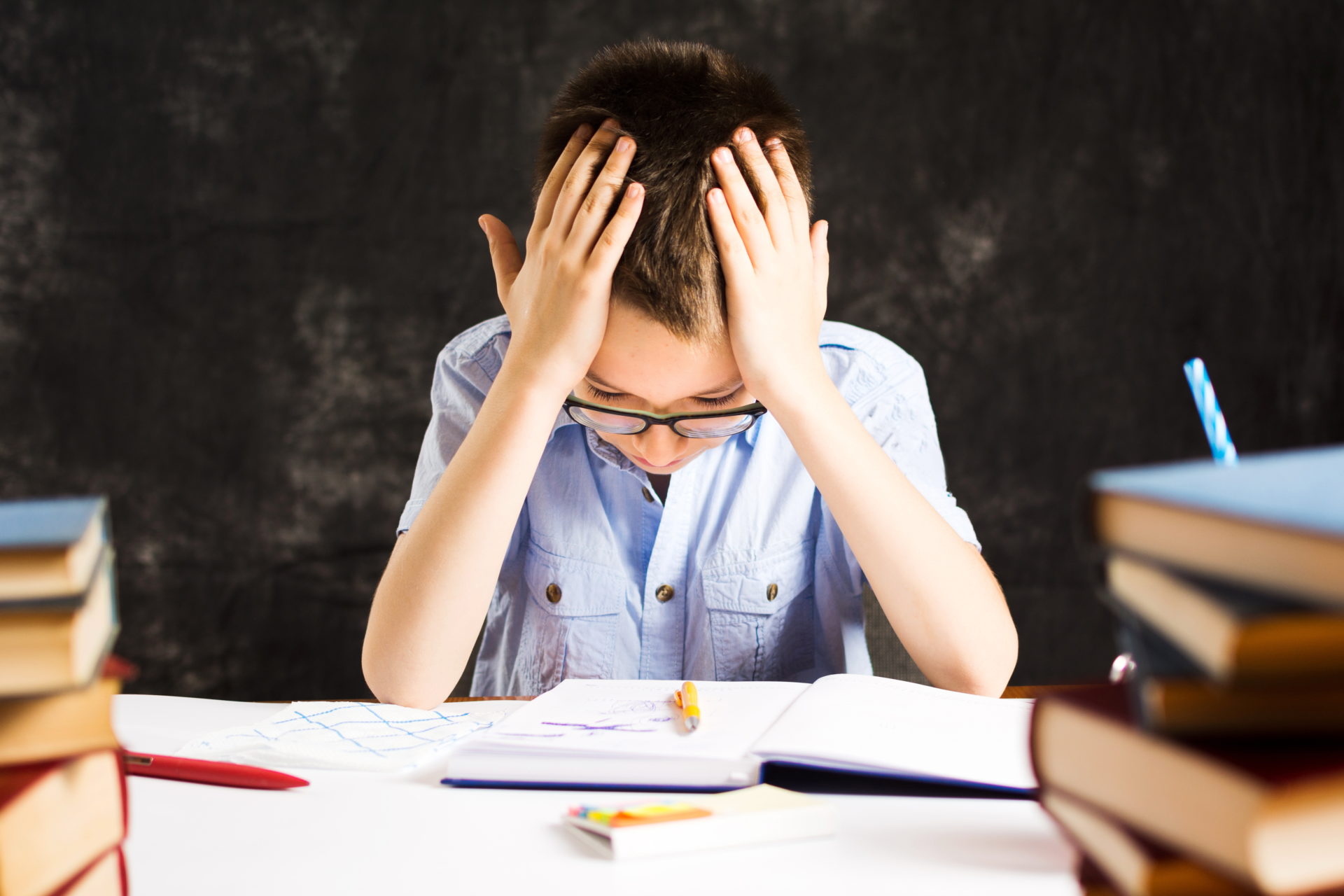As educators, we are under a lot of pressure to help students become proficient with complex concepts in a very short period of time. It feels like there aren’t enough hours in the day to allow for the kind of exploration that leads to independent discovery and deep learning. We rely on lesson plans and activities that offer the most direct path, rather than promoting learning through failure and encouraging experimentation in the classroom. STEM classroom activities and projects should give students space to interpret questions and experiment with different solutions.
The Secret Ingredient for STEM Success: Failure
More and more, the research shows that teaching failure in the classroom by allowing students to experiment, take risks, and fail is critical for long-term success in STEM careers. Tomorrow’s leaders in science, technology, engineering, and math will take on challenges, test solutions, consider the lessons learned through failure, and try again. The ability to take risks, embrace failure, and turn it into an opportunity is one of the qualities that sets entrepreneurs and innovators apart. The question is, how can we teach kids to feel comfortable with failure in the limited instruction time we have?
Quick Tips for Teaching Failure in the Classroom
Helping students get comfortable with failure isn’t easy. After all, many have received the opposite message from teachers and parents throughout their academic careers. Here are four easily-implemented methods of teaching kids to fail and encouraging experimentation in stem classroom activities:
1. Ask a Question – Before beginning work on any concept, start by asking a question. Allow students time to find the answer independently before moving into formal instruction.
- Do all liquids evaporate at the same rate? How do you know?
- Is there more than one way to solve this equation? How many can you find?
- Would a standard rectangular door frame or an arched door frame provide better shelter during an earthquake? How do you know?
2. Celebrate the Process – Refocus attention to how students arrived at their solutions instead of which solutions they present. Encourage them to revisit the process they used to reach their solutions to find areas of faulty reasoning, and teach them to ask, “What can I learn from this error?” Taking the focus away from getting the right answer reduces anxiety over failure.
3. Communicate with Parents – Much of the pressure to avoid failure at all costs comes from home. We can help students feel comfortable with failure by getting families on-board. Explain the philosophy that failure is part of the learning process, and encourage parents to join their children in asking a question, experimenting, failing, and trying again.
4. Reduce the Pressure to Be Right – Many of our models link grading to getting the right answer on the first try. Instead, offer opportunities to fail, experiment, and try again. As long as students show how they arrived at their solutions, they are eligible to review and revise their work for another chance at earning a higher grade.
Simple, Overcoming Failure Activities to Transform Your Classroom Culture
Redesigning lesson plans and making room for STEM classroom activities that inspire exploration and risk-taking is time-consuming, but the rewards are well worth your investment. Teachers that implement alternative learning methods have reported increased student engagement and improved educational outcomes.
These are two of the larger-scale overcoming failure activities we like for creating a culture that embraces experimentation and failure as platforms for learning:
1. Flipped Classrooms – When you are short on time, giving students a chance to experiment seems impossible. Consider a flipped classroom approach. Kids use their time in school to collaborate with peers, experiment with techniques, and find answers. You coach and guide along the way, encouraging them to learn from errors, so they can reach the activity goal. Formal instruction happens at home, through video lectures you record, reading materials, and other tools you have traditionally used in the classroom.
2. Make Space for Experimentation – You may have already incorporated some independent exploration into your lesson plans by asking a question and allowing students time to find answers independently. As you revamp your methods to expand opportunities for exploration, you can designate more time for this part of the learning process. Begin the lesson with a question or challenge and avoid the temptation to provide explicit instructions or spell out intended outcomes. Give students the space they need to interpret the inquiry, create a plan, test their theory, fail, and revise.
Learning Through Failure encourages students to learn how to work through challenging questions and develop the skills needed to be tomorrow’s STEM leaders.
Learning Through Failure is the Catalyst to Success
When we think of the amazing discoveries and inventions that advanced civilization – for example, electricity, penicillin, and pocket-sized computers – we tend to focus on outcomes. We celebrate the extraordinary success of these innovative ideas. However, each was only a success after hundreds of failures.
Fortunately, the great minds that brought us these tools didn’t fear failure. They embraced it as a part of the learning process. STEM classroom activities are the perfect spaces to challenge students with failures and promote a culture of experimentation. Encouraging our students to get comfortable with failure is an important step in cultivating new STEM leaders.

